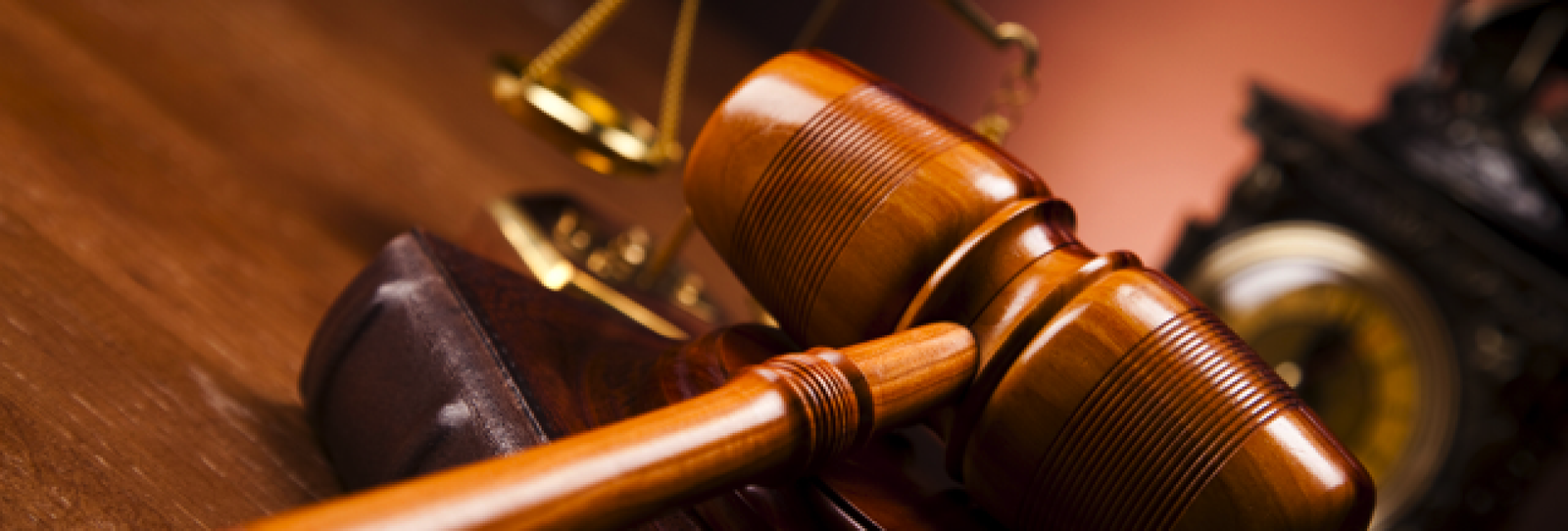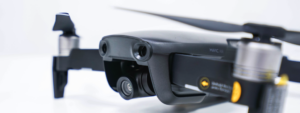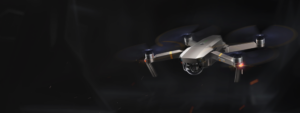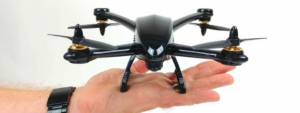If you’ve been watching the UAV industry develop, as I have, then you will most likely observed the rapid grown in UAV businesses after the FAA created Part 107.
As the cost of drones plummeted and the technology improved, y0u might even have asked yourself if you need a commercial UAV service provider. The short answer is yes; the longer answer is yes, because if you don’t, you assume a lot of liability and risk. By using a UAV service provider with the proper training and experience, who has passed all of the FAA certifications and who carries the proper insurance, you can be confident you are protected.
Don’t put your business, or personal finances, at risk when it’s easy and cost effective to partner with a company like Vertworx.
In the last year, the federal government has responded to the emerging commercial industry of Unmanned Aviation by issuing new regulations. A drone is operated for commercial purposes whenever the operator is being paid to utilize the drone or it is used in furtherance of a business. The Federal Aviation Administration (FAA) sought to address the widespread use of this technology by creating a path for commercial drone operators to obtain certification under a process known as the Small Unmanned Aircraft System (UAS) rule or (Part 107). On Aug. 29, 2016, the FAA implemented Part 107. The rule created a regulatory framework for the civil and commercial operations of small UAS, weighing 55 pounds or less. Generally, Part 107 requires operators to fly under 400 feet, within visual line of sight and only during daylight hours. Under this process, drone pilots are issued a Remote Pilot Certification and each drone is registered with the FAA. One of the requirements of Part 107 is that the drone pilot completes an online knowledge course and passes an exam. Part 107 also created a process for operators to obtain exemptions to its rules if the operator can prove mitigating factors to support the exemption. To date, more than 900 of these exemptions have been granted, with the vast majority permitting night time operations of drones.
…
Prior to Part 107, commercial drone operation was only legal through a tedious process known as Certificate of Waiver or Authorization (COA) 333 Exemptions. Since the introduction of Part 107, more than 30,000 Part 107 certifications have been issued. Operators in Florida have obtained the second most certifications in the United States, just behind California.
And remember, always check our your prospective service providers. Consider this:
Also before 107, many businesses were operating drones without legal authority. This is because the process to obtain a COA was lengthy and difficult. Many drone operators sold their services such as aerial photography and surveying to other businesses in conflict with federal law. Similarly, insurance companies would not insure the liability of a drone and its pilot unless the drone could prove it was operating legally.
Thankfully, post 107, things have gotten a bit better on this front.







